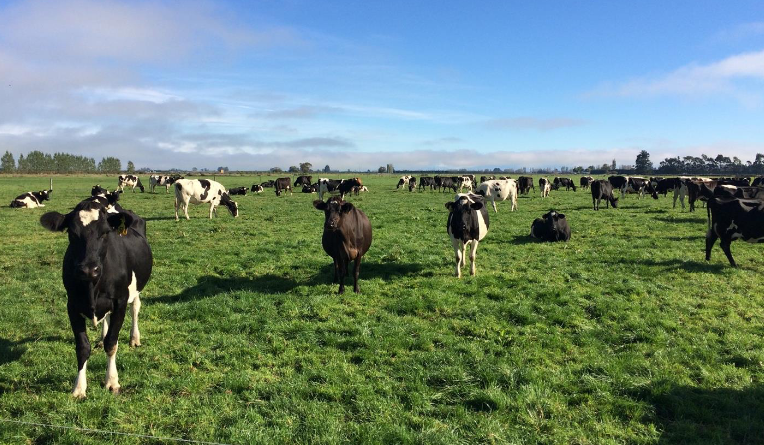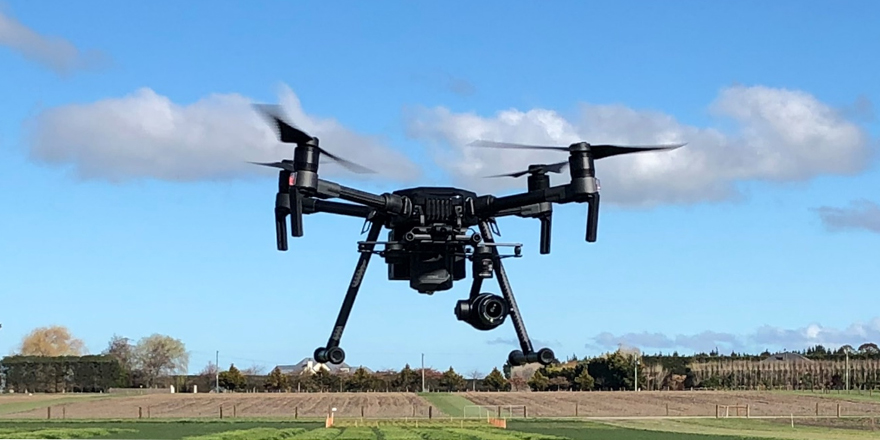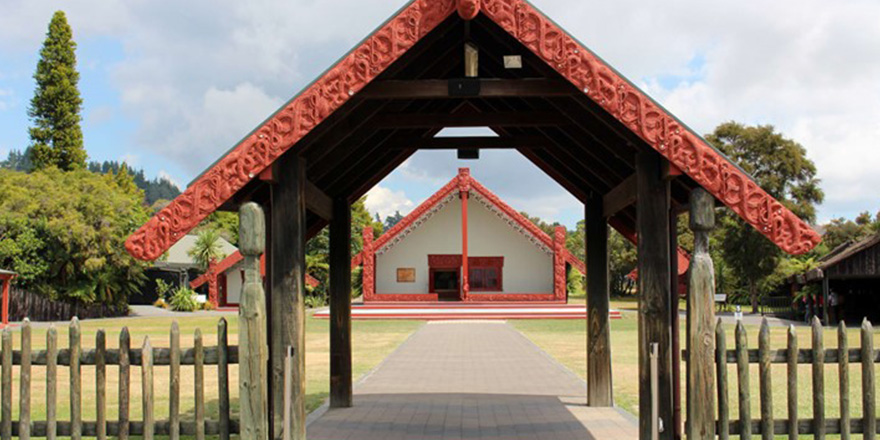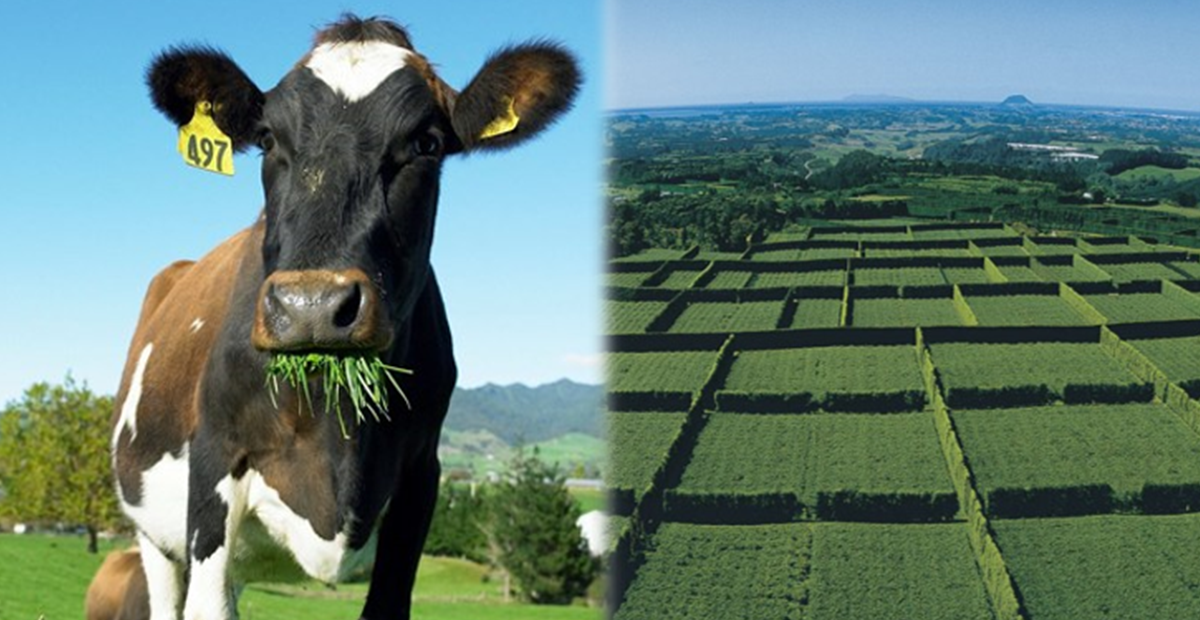
Executive Summary
In 2019, my partner Isaac and I were offered an 1100 cow contract milking job in the beautiful Bay of Plenty. We were 23 and 24 years old, I hadn’t been dairy farming full time before and Isaac had roughly 3 years experience, in primarily a farm assistant role. We received a lot of great advice prior to our first season. And what was the most common piece of advice we received?
“Cows are easy, people are hard”
After having many discussions with friends around a beer and being sick of asked “Do you guys really work eight days in a row?” or “Are you really waking up at 4am?” I began to wonder if we were doing right by our team, or if we were just accepting what had always been done.
This research project investigated what is being done in our industry and how we can learn from industry leading employers, and out of industry leaders. The question is, “Learning from global workplace trends, how can the NZ dairy industry design workplaces to attract the best of the next generation into our workforce?”
Over the past 20 years the dairy industry has seen huge expansion, with the herd size doubling in a twenty year period. As of 2018, the NZ dairy industry workforce was made up of roughly 40,000 people with 22,500 of these being employees.
Nationally 88% of employee are either satisfied or very satisfied with their jobs, and research by StatsNZ identified six key metrics driving work satisfaction. These were hour and times of work, flexibility, job security, workplace autonomy, workplace relationships and work related stress and tiredness.
From my twelve semi structured interviews with leading employers the key common themes across both in and out of industry employers were the need for clear communication, importance of developing a competitive workplace and the importance of flexibility and work life balance.
My call to action is for our industry to question current practices. The areas that I believe are worth focusing on:
- Encourage flexible rosters and pay scales.
- Foster leaders not managers on farm.
- Develop safe workplaces cultures that allow autonomy and innovation.
- A share purpose on every farm.
I have put forward many ideas in the final section, and my hope is that any farmer who reads this report considers each idea and whether they could implement one on farm. My key recommendations are:
- Look within.
- Ask your people.
- Try something!
Download and read the full report here




